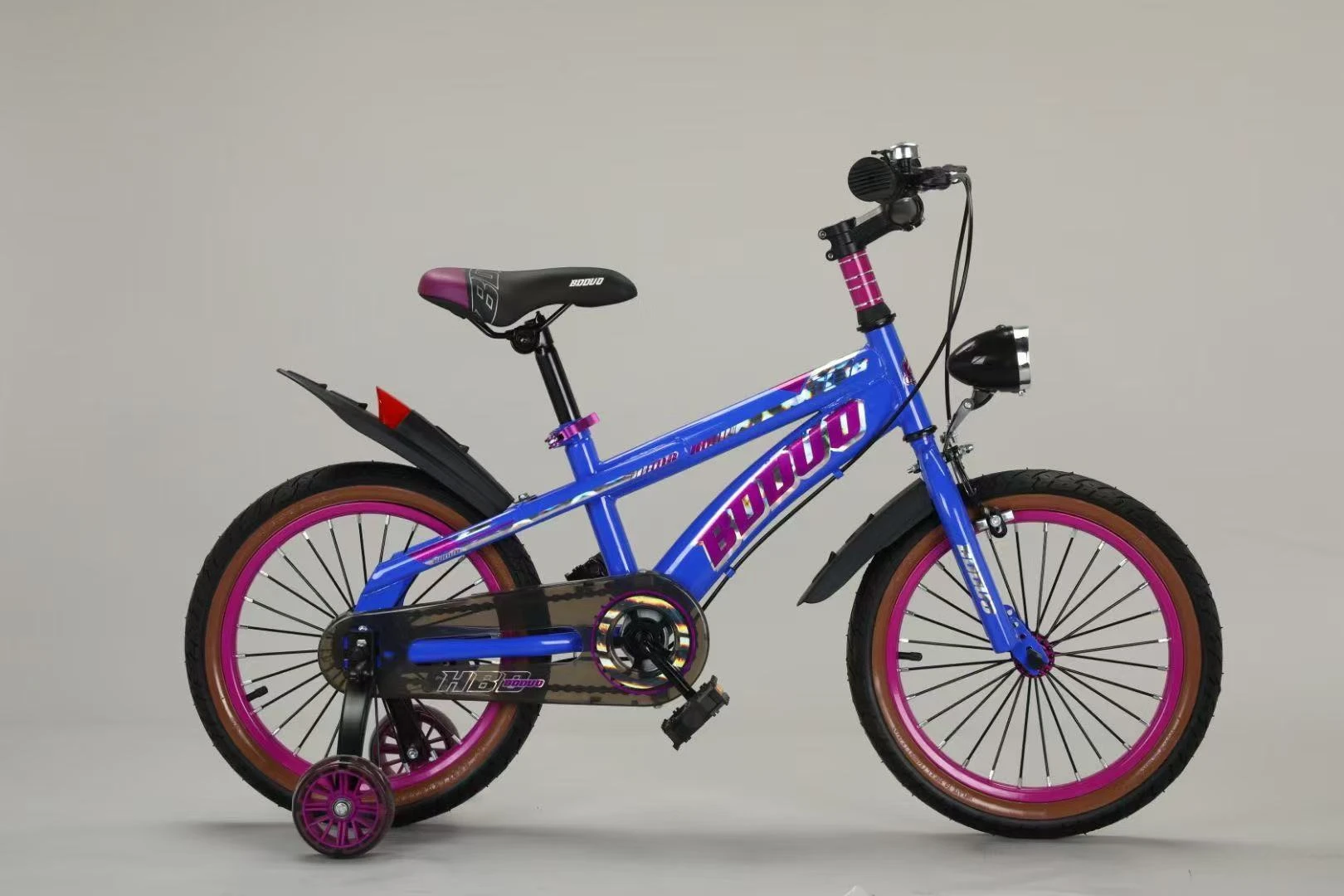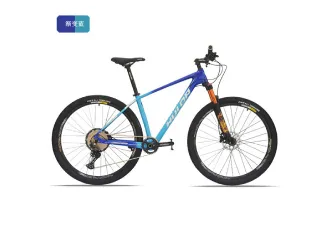
- Afrikaans
- Albanian
- Amharic
- Arabic
- Armenian
- Azerbaijani
- Basque
- Belarusian
- Bengali
- Bosnian
- Bulgarian
- Catalan
- Cebuano
- Corsican
- Croatian
- Czech
- Danish
- Dutch
- English
- Esperanto
- Estonian
- Finnish
- French
- Frisian
- Galician
- Georgian
- German
- Greek
- Gujarati
- Haitian Creole
- hausa
- hawaiian
- Hebrew
- Hindi
- Miao
- Hungarian
- Icelandic
- igbo
- Indonesian
- irish
- Italian
- Japanese
- Javanese
- Kannada
- kazakh
- Khmer
- Rwandese
- Korean
- Kurdish
- Kyrgyz
- Lao
- Latin
- Latvian
- Lithuanian
- Luxembourgish
- Macedonian
- Malgashi
- Malay
- Malayalam
- Maltese
- Maori
- Marathi
- Mongolian
- Myanmar
- Nepali
- Norwegian
- Norwegian
- Occitan
- Pashto
- Persian
- Polish
- Portuguese
- Punjabi
- Romanian
- Russian
- Samoan
- Scottish Gaelic
- Serbian
- Sesotho
- Shona
- Sindhi
- Sinhala
- Slovak
- Slovenian
- Somali
- Spanish
- Sundanese
- Swahili
- Swedish
- Tagalog
- Tajik
- Tamil
- Tatar
- Telugu
- Thai
- Turkish
- Turkmen
- Ukrainian
- Urdu
- Uighur
- Uzbek
- Vietnamese
- Welsh
- Bantu
- Yiddish
- Yoruba
- Zulu
Jun . 06, 2025 12:21 Back to list
New Charging Bike Fast Portable E-Bike & Affordable Pricing
- Market growth statistics and adoption patterns
- Battery and energy recovery innovations
- Performance comparison of major brands
- Personalization options for different users
- Urban commuting and corporate implementations
- Recreational and tourism applications
- Future development directions

(new charging bike)
New Charging Bike Market Expansion Trends
Urban transportation is undergoing a radical transformation with e-bike adoption surging 64% globally since 2020. Industry analysts project that new charging bike
sales will exceed 42 million units annually by 2027, creating a $54.3 billion market. European cities like Amsterdam and Paris lead adoption rates with 28% of commuters now regularly using electric cycles for daily transit.
Several factors accelerate this growth. Government subsidies covering 30-40% of purchase costs in 17 countries remove financial barriers. Cycling infrastructure investments totaling $8.1 billion annually enable safe urban routes. The new e bike segment specifically grew 89% year-over-year as manufacturers address range anxiety with advanced charging solutions. Riders report saving $1,200+ annually on fuel and public transport while reducing commute times by 42% in congested metro areas.
Technical Innovation Breakthroughs
Revolutionary battery systems define modern electric bicycles. Lithium-silicon cells achieve 450Wh/kg energy density - 35% higher than conventional batteries - enabling 120-mile ranges per charge. Patented thermal management maintains optimal performance between -15°C to 50°C. Swappable power units allow riders to exchange depleted batteries in under 15 seconds at urban charging stations.
Regenerative braking technology recaptures 28% of kinetic energy during deceleration, extending range significantly in hilly terrain. Smart torque sensors deliver 105Nm of instant power while adapting to rider input 1,000 times per second. Integrated diagnostics monitor 18 performance metrics via Bluetooth, providing maintenance alerts and efficiency optimization through companion apps.
Manufacturer Comparison Analysis
| Feature | UrbanRide Pro | VoltRunner X | EcoGlide Hybrid | SpeedPulse GT |
|---|---|---|---|---|
| Max Speed (mph) | 28 | 32 | 25 | 35 |
| Range (miles) | 75 | 68 | 85 | 60 |
| Charging Time | 2.5 hrs | 3 hrs | 4 hrs | 2 hrs |
| Motor Power (W) | 500 | 750 | 350 | 1000 |
| New Electric Bike Price ($) | 2,199 | 2,799 | 1,899 | 3,450 |
Performance testing reveals significant operational differences. The SpeedPulse GT achieves rapid acceleration (0-20mph in 3.2 seconds) while EcoGlide Hybrid excels in efficiency metrics. Voltage stabilization systems in premium models maintain consistent power delivery despite battery depletion - a crucial advantage during extended commutes.
Customization Programs
Leading manufacturers now provide tailored solutions across categories:
- Urban Commuter: Integrated lighting systems, puncture-resistant tires, and 50-lb cargo capacity
- Mountain Performance: 150mm suspension travel, knobby tires, and reinforced frames
- Commercial Fleet: GPS tracking, remote diagnostics, and specialized cargo attachments
Modular battery systems accommodate capacity preferences from 500Wh to 1,200Wh. Bespoke frame geometry programs ensure optimal ergonomics, particularly for riders between 5'0" and 6'7". Corporations ordering 50+ units receive proprietary software integration, enabling fleet management through existing logistics platforms.
Urban Infrastructure Applications
Major metropolitan deployments demonstrate practical impacts. Berlin's municipal program reduced congestion by 18% after deploying 1,200 shared new e bike units across transit hubs. Each vehicle averages 8.7 daily rides at $1.25 per 30 minutes. San Francisco's corporate partners report 73% employee participation in e-bike programs, decreasing parking demand by 850 spaces annually per participating company.
Delivery services show remarkable efficiency gains. Food couriers using new charging bike platforms complete 5.8 deliveries per hour compared to 3.9 for traditional bicycles. Electric-assist cargo bikes transport payloads up to 400 lbs - replacing approximately 23% of urban delivery vans according to logistics studies.
Tourism Industry Implementation
Adventure tourism operators report 78% customer satisfaction scores with guided e-bike tours, versus 64% for standard cycling. Rental fleets incorporating new charging bike technology maintain 92% operational availability during peak seasons. Battery-swap stations along popular routes enable continuous operation for multi-day tours.
National park systems benefit significantly. Yosemite's shuttle-replacement pilot reduced emissions by 37 tons annually while increasing visitor mobility coverage by 29%. European cycling routes like the Danube Path now feature charging stations every 8-12 miles, supporting the growing segment of electric bicycle tourism.
The New Charging Bike Roadmap
Solid-state battery integration in 2024-2025 will increase ranges to 200+ miles while reducing charging cycles to under 45 minutes. Wireless charging road surfaces in development enable continuous power transfer during urban commutes. Advanced safety systems including radar-based collision avoidance and automatic emergency braking respond 2.4x faster than human reflexes.
Price parity projections indicate new electric bike price points will decrease 22-30% by 2026 as battery production scales. Integration with renewable energy systems enables net-zero operation when charged via solar infrastructure. These developments cement new charging bike systems as foundational elements of sustainable urban ecosystems.

(new charging bike)
FAQS on new charging bike
Q: What is a new charging bike?
A: A new charging bike is an electric bicycle equipped with regenerative braking and detachable batteries for convenient recharging. These e-bikes automatically recharge while braking or pedaling, extending travel range. They offer modern design and eco-friendly commuting.
Q: How do new e-bikes enhance urban commuting?
A: New e-bikes feature lightweight frames and smart torque sensors for smooth city navigation. Their extended 40-100 mile battery range reduces charging frequency. Integrated digital displays show speed, battery levels, and regenerative power generation.
Q: What features define modern electric bikes?
A: Modern electric bikes include lithium-ion batteries with fast 4-hour charging and smart power management. They offer pedal-assist modes reaching 28mph and mobile app connectivity for ride tracking. Enhanced safety features like integrated lighting and hydraulic brakes are standard.
Q: What factors affect new electric bike prices?
A: Prices ($800-$6,000+) depend on battery capacity, motor power (250W-750W), and materials. Premium models have carbon frames or advanced tech like GPS tracking. Entry-level commuter bikes start under $1,200 with standard features.
Q: How efficient are regenerative braking systems?
A: Regenerative systems recover 5-10% of energy during braking, extending range by 8-12 miles per charge. Efficiency varies by terrain and braking frequency. They also reduce brake pad wear for lower maintenance costs.
-
Riding with Our Kids Bikes Collection
NewsJun.10,2025
-
Our Kids Balance Cars
NewsJun.10,2025
-
Exciting Range of Fixed Gear Electric Bike
NewsJun.10,2025
-
Enhance Your Mountain Bike Derailleur
NewsJun.10,2025
-
Convenience with Our Baby Jogger Strollers
NewsJun.10,2025
-
Conquer the Trails with Our Premium Mountain Bikes
NewsJun.10,2025
-
Revolutionize Ride with Our Electric Bicycles
NewsMay.13,2025



